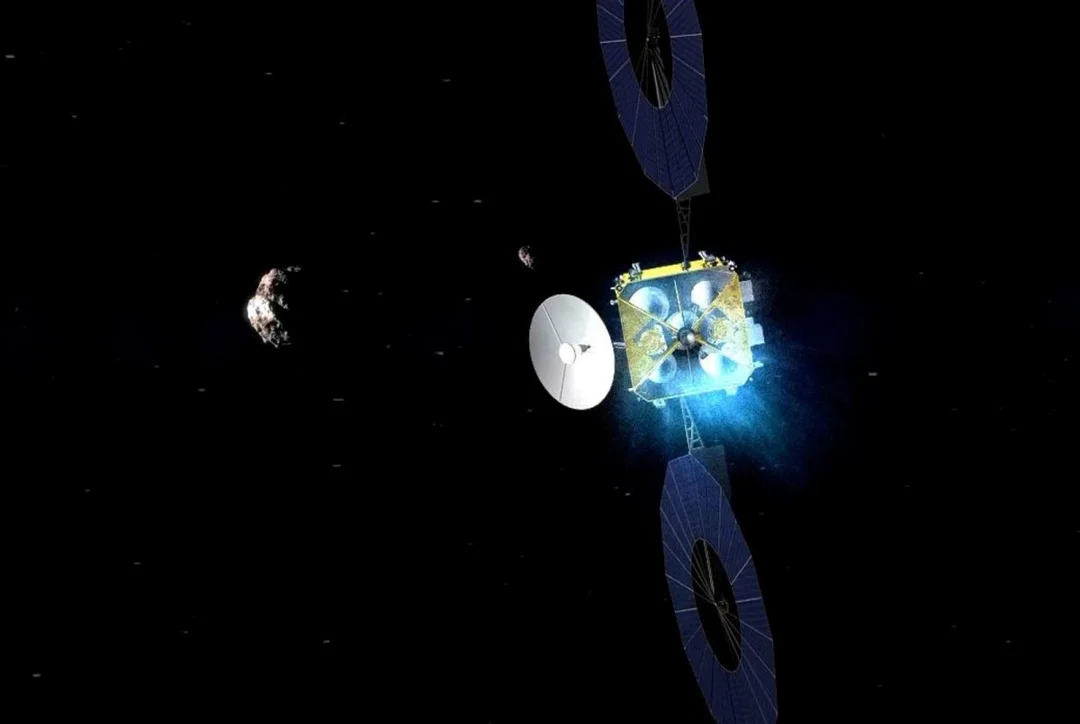
China’s Deep Space Ambitions: Tianwen-2 Mission Targets Asteroid and Comet in Historic First
China is rapidly accelerating its space exploration program, marking significant milestones in both commercial and scientific endeavors. From deploying the world's first space-based computing satellite constellation to preparing for its second interplanetary mission, China's ambitions reach far beyond Earth's orbit. A major highlight is the upcoming Tianwen-2 mission, an audacious two-part journey to retrieve samples from an asteroid and study a comet, solidifying China's position as a key player in deep space exploration.
A Flurry of Launches and Constellation Growth
This month alone has witnessed the launch of three commercial Chinese rockets, along with the return-to-flight of a rocket that had been grounded since mid-2021. The number of Chinese orbital launches has surged in 2025, increasing by a third, while the number of payloads delivered to orbit has doubled compared to 2024. Much of this activity is driven by the construction of two massive internet megaconstellations: Guowang and Qianfan.
The Guowang ("National") network, managed by SatNet, has launched 29 satellites across three launches since late December. Meanwhile, the Qianfan ("Thousand Sails") constellation, backed by the Shanghai government, already boasts 90 satellites in orbit, launched in batches of 18 primarily on Chang Zheng 6A (CZ-6A) rockets. A third constellation, Honghu-3, is in the research and development phase, spearheaded by private-sector initiative Landspace.

Tianwen-2: A Mission to Two Worlds
The centerpiece of China's near-future space endeavors is the Tianwen-2 mission, scheduled for launch no earlier than May 28 from the Xichang Satellite Launch Center. This ambitious mission is designed to rendezvous with two distinct celestial bodies: the near-Earth asteroid 469219 Kamo'oalewa and the comet 311P/PANSTARRS. The mission aims to collect approximately 100 grams of samples from Kamo'oalewa and return them to Earth, providing invaluable insights into the composition and origin of asteroids.
Sampling the Asteroid and Studying the Comet
The Tianwen-2 spacecraft will employ multiple sampling techniques, including a "touch-and-go" method similar to those used by NASA's OSIRIS-REx and JAXA's Hayabusa2 missions, alongside a unique anchoring technique involving robotic arms equipped with drills. After delivering the asteroid samples back to Earth around late 2027, the spacecraft will leverage Earth's gravity for a slingshot maneuver, propelling it towards comet 311P/PANSTARRS, where it will conduct remote observations starting in 2034.

According to the CNSA, 311P/PANSTARRS, a volatile-rich active comet, is considered a "living fossil", making it invaluable for studying the early material composition and formation process of our solar system.
A Test of Deep-Space Communication and Technology
Beyond its scientific objectives, Tianwen-2 will also serve as a crucial test of China's deep-space communication systems, paving the way for future missions like Tianwen-4, which is planned for Jupiter and Uranus. This mission will also mark China’s first second-cosmic-velocity atmospheric reentry, adding new challenges.
China's space program continues to push the boundaries of exploration, driven by a desire to understand the origins of our solar system and to assert its presence on the global stage. The Tianwen-2 mission exemplifies this ambition, promising to deliver valuable scientific data and technological advancements for years to come.
What discoveries do you anticipate from the Tianwen-2 mission? Share your thoughts in the comments below!